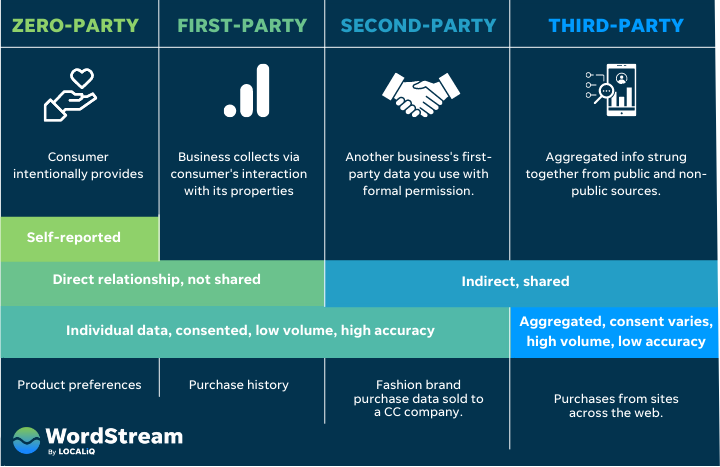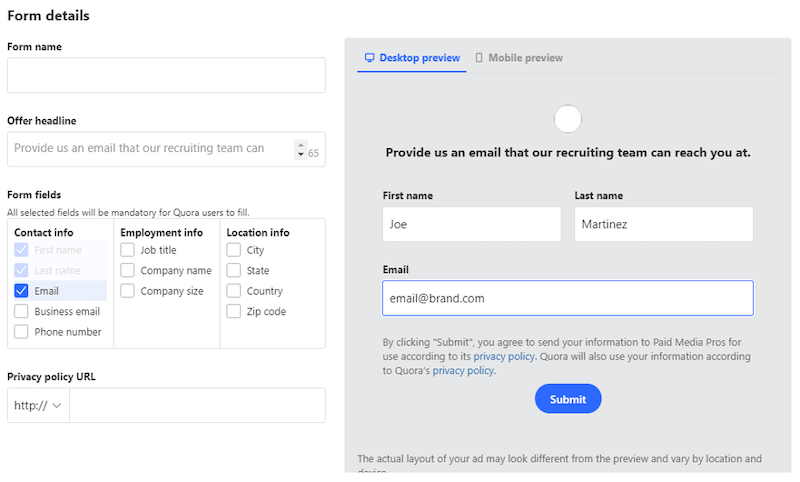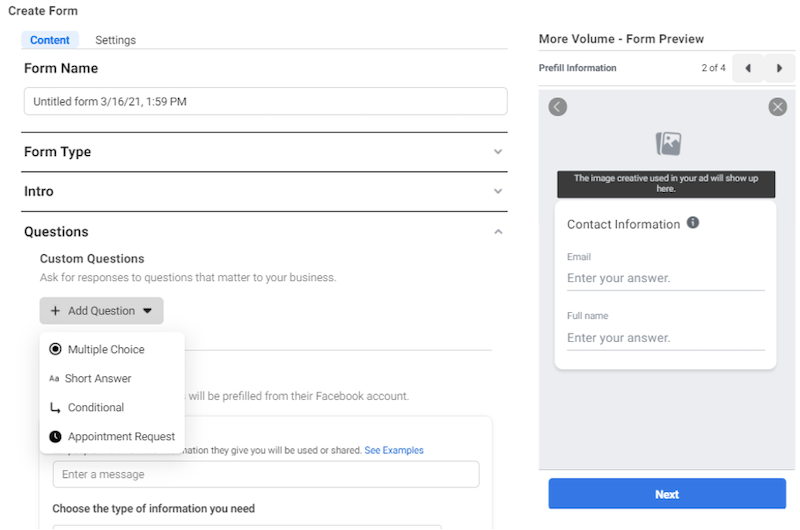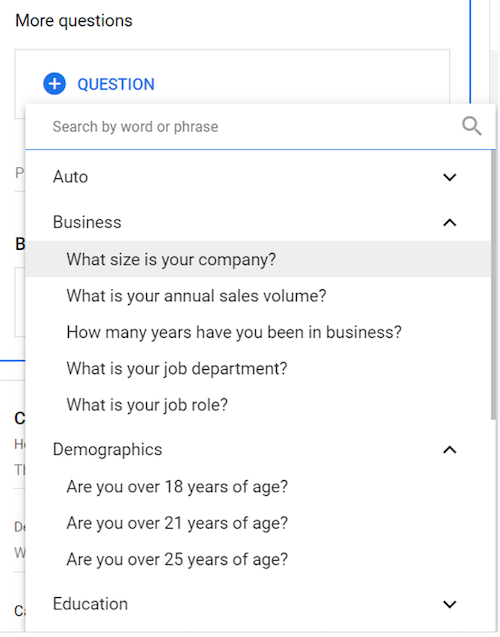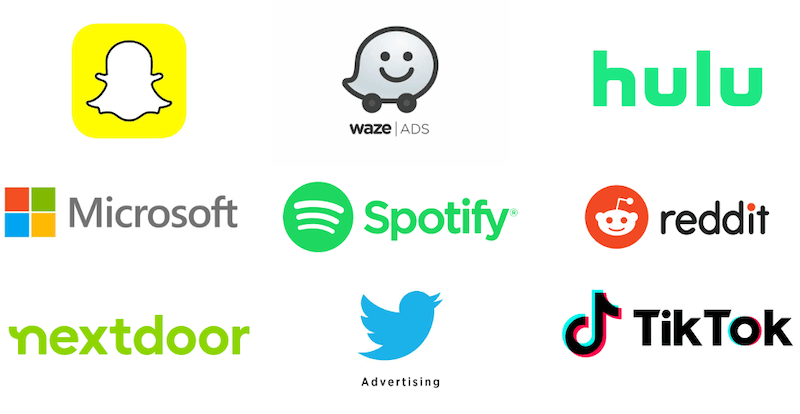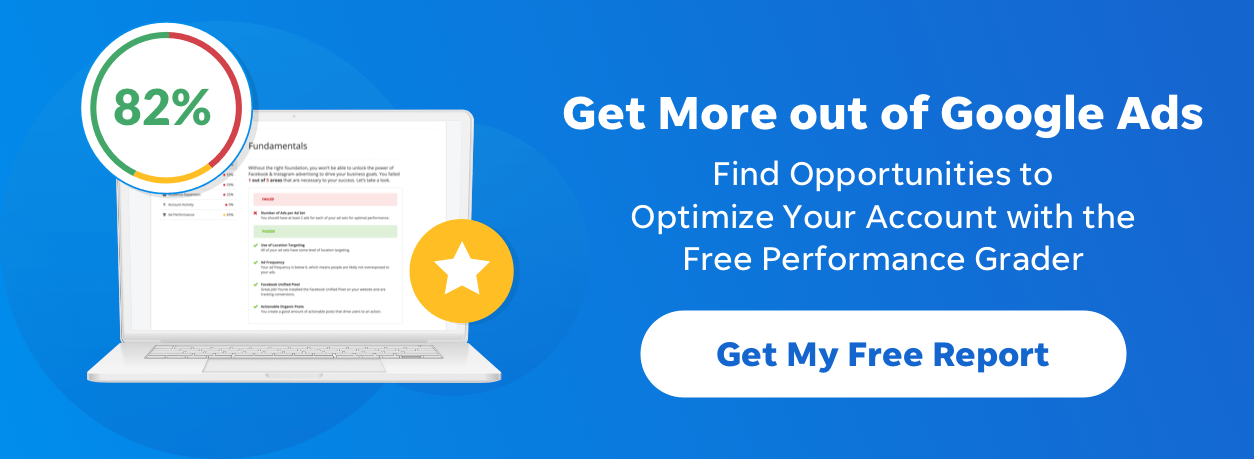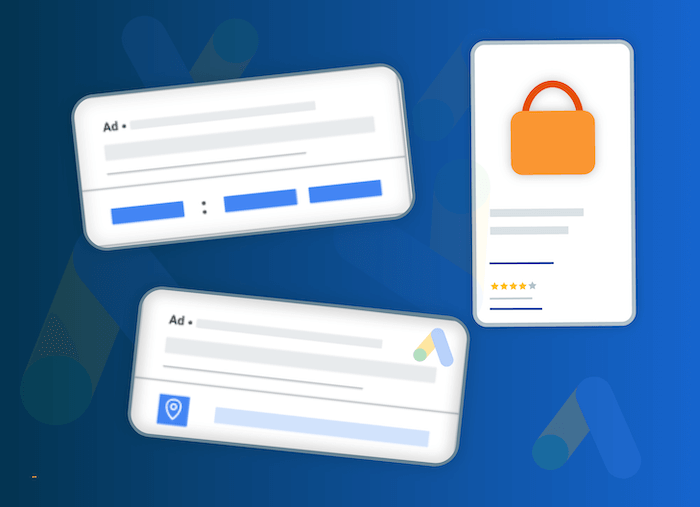
4 Ways to Collect Valuable First-Party Data in a Cookieless World
With Apple’s iOS 14 policies and Google’s deprecation of third-party cookies, the way we used to target and market users is changing. The details about what is changing can be found in the links above, and the ultimate impact is a bit of a wait-and-see game, but one thing we do know is that we will lose targeting options and third-party data points we have been using for several years.
While the changes will not impact every industry equally, there are still tactics we can start implementing to try and cushion any major effects from the channels updating their policies—the first of which being to collect more first-party data. In this post, I am going to cover just a few tactics to consider to start shifting your strategy to collecting more of this type of data on your own.
What is first-party data?
Before we dive into the strategies, let’s do a refresher on first, second, and third-party data:
- First-party data is the data you collect on your audience based on their behaviors directly on your website and/or app. While this data is most valuable with minimal privacy challenges, it can be hard to scale since it’s only coming from your efforts.
- Second-party data is basically someone else’s first-party data. You can feel good about accuracy and privacy since it’s coming from one source, but you do have to pay or partner up for it.
- Third-party data is a collection of multiple first-party data sources aggregated across websites and applications by independent researchers and companies, and is also purchased.
With the new iOS 14 feature of being able to opt out of being tracked by apps, and with Google deprecating third-party cookies (get our coverage on the Topics API here), first-party data is critical (read more about it in our 2022 marketing trends).
4 ways to collect more first-party data
First-party data can be collected from your website, apps, social media platforms, advertising analytics, and the information that aggregates into your CRM. In this guide, we’re going to cover four PPC-focused strategies to obtain this data:
- Utilize lead gen campaigns
- Use custom questions
- Test out other ad platforms
- Spend more time focusing on brand-building
1. Use lead gen forms (even if you’re not a lead gen—focused account)
One of the easiest ways for paid media advertisers to collect user information is by using lead gen forms in their ads. There are many channels offering lead gen options. LinkedIn and Facebook are probably the most common options we jump to, but do not forget about Google (available for Search, YouTube, and Discovery campaigns) and Quora. And depending on your industry, you can use lead gen forms to collect as much or as little information needed to make an impact on your marketing strategies.
And lead gen forms are not just for B2B accounts!
I am currently running several lead gen campaigns for a few ecommerce accounts with the goal to collect as many users as possible for their email campaigns. We are doing this because we know that their email marketing campaigns have the highest conversion rates and provide a very high return on investment. For these accounts, the clients have a goal of quantity,
Because of this, we are only asking for the bare minimum on each channel. In the example above, which is the default view when building a Quora form, name fields are mandatory. And we also know that most people sign up for Quora with their personal email. We know we can get more users to sign up if we’re choosing the fields more applicable to the channel running the ads. (To be fair, business emails do not apply to the industries using this strategy).
Also, lead gen campaigns are an effective way to generate leads from Facebook post-iOS 14.
2. Use custom questions to pre-qualify or better segment users
I completely understand that there are accounts looking for a specific type of user, and quantity is not the main goal. This could be for two reasons. First, you may have a very specific audience persona you need to target and you may be trying to save your sales team time by not having to sort through a ton of junk leads.
Second, you may want your leads to be better segmented to better help your marketing strategies further down the funnel. If this is the case for your goals, consider adding custom questions to your forms.
The image above is showing you the custom question options you have for Facebook. You can use these options to get more information that would better help your sales team nurture users to an eventually closed status. We have used a multiple-choice selection to get a better understanding of which products or services the user prefers. This has made our email marketing better by segmenting the users out into different buckets so we can follow up with emails using more appealing offers.
On a related note, here are more tips to keep your Facebook ads working in iOS 14.
The image you see below is coming from the “More questions” option in Google Ads for their lead form extensions.
Google has some built-in questions for a variety of industries to better help you qualify your users. These questions not only can help qualify leads, but you may get more information on who your target audience is to better market to a similar type of audience down the road.
3. Test out more channels and more mediums
While I do not expect the outcome to be as disastrous as everyone freaking out on Twitter speculating, I cannot deny that targeting options are going to be impacted with third-party cookies starting to go away. Because of this, I recommend starting testing out new channels (if they seem like a good fit) to have more ways to reach users.
Each ad platform has a few targeting options that are unique. With the different types of targeting options, we can try to find new users willing to come to our websites and give us their information.
Your audience visits more websites than just Google. Your audience visits more websites than just Facebook. By exploring what other paid media channels actually offer for targeting will give you more tools to use to try and get users to your site and give you their information. You just need to make the effort and research what paid media targeting options may work well for your business.
4. Spend more time focusing on brand-building
Hopefully, this has always been in your marketing game plan. But over the ten years I have been in this industry, it boggles my mind how many companies I see not care about branding. The “bottom of the funnel” focused mindset has taken over so many strategies, and this is because of all the great targeting options we (used to) have over the past years. If we are shifting our focus to start collecting more first-party data ourselves, we have to do a better job of making users want to give us the information in the first place.
“Get a free demo!” Why should they?
“Sign up for our free webinar this Thursday.” What is so valuable about your webinar compared to the other 20 webinar promos they have seen this month?
“Download our free whitepaper.” What could possibly be on this whitepaper that is so valuable you couldn’t have just sent them to a blog page?
If you want to start collecting more information from users, you are going to have to give them content they actually want. And this could take some time and some testing to find the perfect offer for whatever stage of the funnel the user belongs to. For a company lacking brand awareness, you may have to spend some time building your brand into a trusted name people believe in or can relate with. Users are more willing to give their information or become involved with a brand they can believe in.
Learn seven steps to brand your business here.
First-party data is a must in a cookieless world
Within the next year, we know we can expect targeting and policies will change across many of the channels we use for advertising. The way we are used to advertising to users across these channels will not be the same, but adapting to change has always been a part of paid media. The sooner we embrace the change and adjust our strategies to be in compliance, the better off your accounts will be when policy changes are enforced.
Here are our four key strategies to get more first-party data starting today:
- Utilize lead gen campaigns
- Use custom questions
- Test out other ad platforms
- Spend more time focusing on brand-building
If you want to make sure your site is optimized to collect first-party data, head on over to our website audit checklist and find the CRO section.
Meet The Author
Joe Martinez
Joe Martinez is the Co-Founder of the Paid Media Pros YouTube channel. He is a regular contributor to WordStream and Social Media Examiner. He has also written for Search Engine Land, Marketing Land, PPC Hero, SEMrush, and more. He has hosted webinars for SEMrush, Unbounce, Quora, and Microsoft Ads. He regularly speaks at conferences and organizations such as SMX, HeroConf, Inbound, Pubcon, SMXL, and more. Finally, he was named a Top 25 Influential PPC Expert by PPC Hero in 2017-2021.
See other posts by Joe Martinez
More Articles Like This
Comments
Please read our Comment Policy before commenting.

